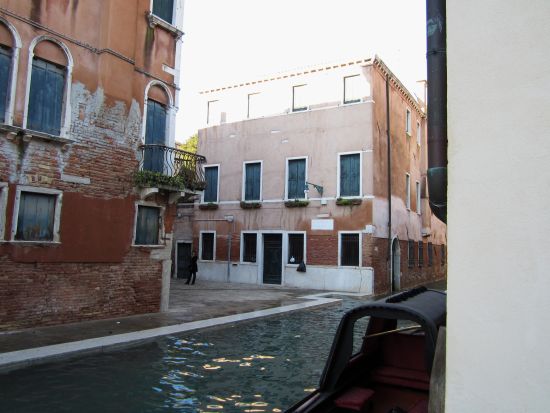

It’s sheer coincidence that what I want to say about offspring comes right after my little cadenza on nuptials. Though I suppose it’s preferable to my having done them in reverse. I’m so old-fashioned.
So now we’ve come to the subject of “Children: birthing of.” Midwives were the norm here up until the Forties, anyway. My husband was born in 1938, at home, with the aid of a midwife.
Midwife, in Italian, is levatrice. But in Venetian, it’s “comare” (co-MAH-reh), which I deconstruct as “co-mother,” which is pretty nice. (For the record, it also means matron-of-honor and official female wedding witness.)
Though midwives are no longer common, an old quip hangs on in occasional usage today: “Xe nato a lugio per no pagar la comare” (zeh nahto a LOO-joe pair no pa-gahr ya co-MAH-reh). It literally means “He was born in July so as not to pay the midwife.” It’s one of many affectionate ways to describe a boy or man who could be called a rascal, scamp, rapscallion, etc. What the connection could possibly be between July and the midwife and her accounts payable isn’t clear at all. Even Lino can’t tell me. In general, I suppose it’s meant to show how the individual from the very first moment revealed himself to be more than usually scampish.
Speaking of paying the midwife, or not, I always laugh when I listen to a particular riff (thanks to YouTube) which was broadcast and recorded in 1973 by a then-famous, now-forgotten comic named Angelo Cecchelin (check-eh-YEEN). This hilarious sketch is called “Una Questione Ereditaria” (A Question of Inheritance), in which he plays the part of a man who has been summoned to a judge’s office, he knows not why, but is already on the defensive for fear that he’s going to get trapped into having to pay somebody money. The fact that he is from Trieste, accent and all, stresses the stereotype of people from the Northeast, especially Friuli, of being spectacularly stingy. I digress.
It starts off like this (translated by me):
Judge: Name?
Cecchelin: Giuseppe Sante fu Giuseppe fu Anna fu nata Paoli. (The old-fashioned way of giving one’s provenance via the parents’ names.)
Q: Born?
A: Yes.
Q: I mean where and when were you born!
A: I was born in Trieste on October 23 1894 in Via delle Zudecche number 19 fifth floor door number 24 on Wednesday morning it was raining cats and dogs and the midwife still has to be paid.
Back under the Venetian Republic, though, these women were not Hogarthian hags with hairy warts using God knows what as instruments and God had no idea what as medication. In those days, being a midwife was a real profession. I love any discovery of how forward-thinking the old Venetians were.
Here is what Giuseppe Tassini says in his peerless book, “Curiosita’ Veneziane” (translated by me):
“One finds that in 1689, on September 26, the Magistrate of Health established certain norms for the women who wanted to practice the profession of midwife.
“First of all, he ordered that they had to be able to read, and that they take as their text a book entitled ‘On the Midwife“; that they had to produce a document to certify that for two years they had attended anatomical demonstrations relating to their art, and another to certify that they had spent two years of practical experience with an approved midwife; and finally that they had to undergo an examination which was conducted by the Protomedico in the presence of the Priors of the College of Physicians, and also two distinguished midwives, each of which could add her own questions to those of the Protomedico…
“In the field of obstetrics, the surgeon Giovanni Menini particularly distinguished himself, and he had built, at his own expense, an obstetric chamber so well-supplied and correct that the Venetian Senate acquired it for public use, calling Menini in 1773 to teach obstetrics not only to the women who wanted to be midwives, but also to surgeons. From that time on, surgeons began to attend women in childbirth, something which had previously happened only rarely, and with unhappy results.”
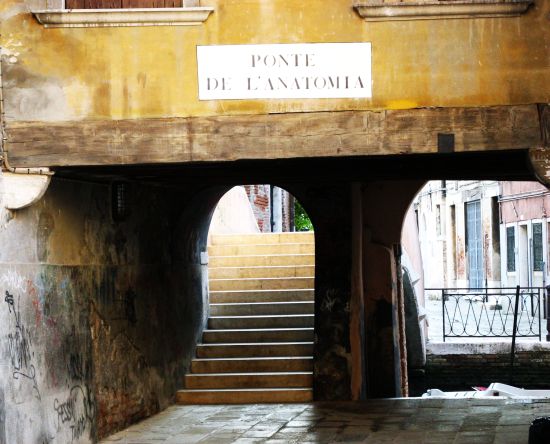
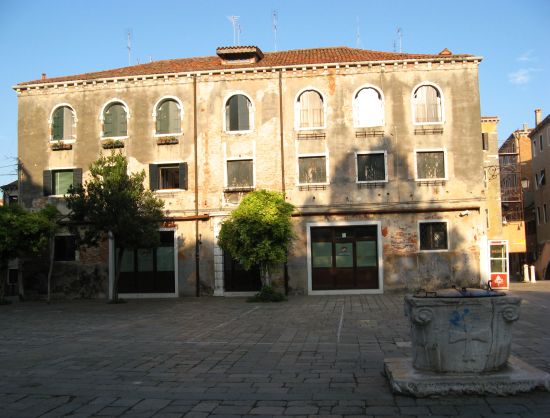
And now a fragment of memory comes fluttering across my mind: Some years ago, I read in the paper that the parish priest of Pellestrina — or maybe it was San Pietro in Volta — anyway, a village down along the lagoon edge toward Chioggia — made a radical suggestion. He remarked that everybody was accustomed to a bell ringing to announce a death. I’ve heard this bell too — it’s dark and lugubrious and yes, you can ask for whom it is tolling, because plenty of people always know.
But what this priest suggested was that they also ring the bells to announce a birth. I think it was a brilliant idea, and certainly the bells would have been cheerier than the funeral tolling. Louder, in any case. At the least loud enough to drown out the sound of the newborn’s shrieking and wailing, possibly caused by the ringing of the bells.


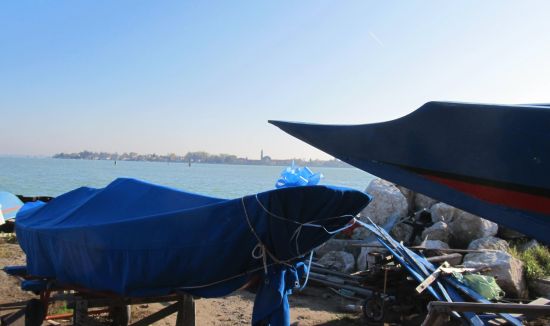
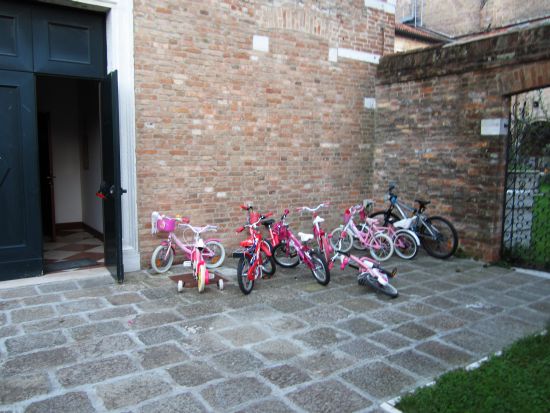
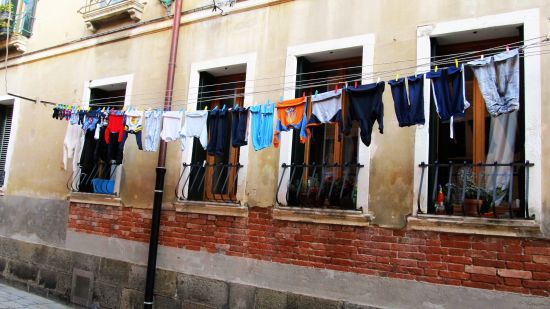
In any case, bring on the kids!

1 Comment
Traditions from almost a century ago are sometimes misunderstood by today’s standards, however I’m sure it made perfect sense to midwives and community of such time. Thanks for sharing this with us. It is truly a treat to learn such stories that went on about midwifery practices in different parts of the world.